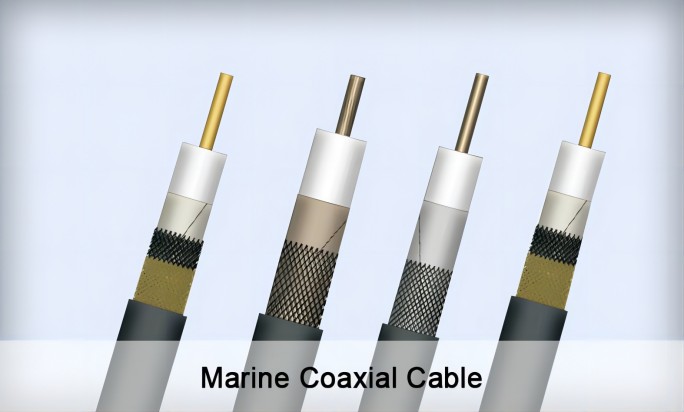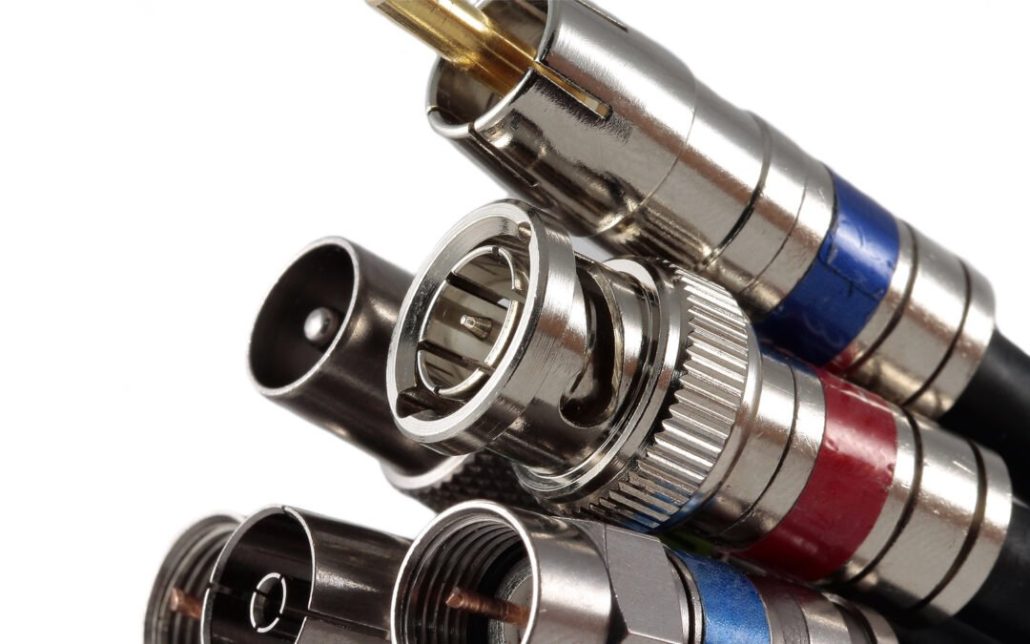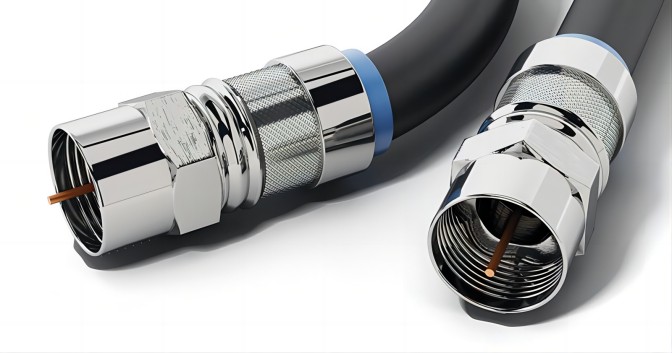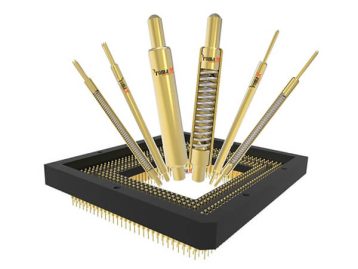Last Updated on December 1, 2023 by Tony
Explore the world of coaxial connectors with our comprehensive guide. Learn about the latest technology, applications, and how to choose the right connector for your needs. Stay connected with the future!
Introduction:
In an era dominated by digital connectivity, coaxial connectors play a pivotal role in ensuring seamless communication and transmission of signals.
Whether you’re a tech enthusiast, a professional in the industry, or just curious about the wires that keep us connected, this guide is your gateway to understanding coaxial connectors and their significance in modern technology.
Understanding Coaxial Connectors
Coaxial connectors are fundamental components in electronic communication systems. At their core, these connectors facilitate the transfer of radio frequency signals.
The design consists of a center conductor, insulator, and outer conductor, creating a structure that ensures reliable signal transmission.
In more straightforward terms, coaxial connectors are the unsung heroes behind your cable TV, internet, and other data transmission systems.
Their prevalence in modern technology underscores their importance, making them a subject worth exploring.
Types of Coaxial Connectors
Not all coaxial connectors are created equal. The world of connectors is diverse, with each connector designed for particular use/purpose. Common varieties include BNC, F-type, SMA, and N-type connectors, each boasting unique features and use cases.
For example, the BNC connector is widely used in radio frequency and electronics, while F-type connectors are common in cable and satellite television installations.Understanding the differences among these connectors is crucial for selecting the right one for your intended use.
1. BNC Connectors (Bayonet Neill-Concelman):
BNC connectors are commonly used in applications requiring quick connections, such as radio frequency and video applications. They have a bayonet-style locking mechanism, ensuring a secure and swift connection.
2. F-Type Connectors:
Often found in cable television and satellite installations, F-type connectors are known for their screw-on coupling mechanism. They are cost-effective and provide a reliable connection for audio and video signals.
3. N-Type Connectors:
N-type connectors are preferred in applications requiring higher frequencies, such as wireless communication and RF systems. In challenging environments, they employ a robust threaded coupling system to guarantee a stable and reliable connection.
4. SMA Connectors (Subminiature version A):
These are widely used in microwave uses. Their threaded coupling mechanism and compact size make them suitable for high-frequency connections in limited spaces.

Applications in Communication Systems
The applications of coaxial connectors span a wide range of communication systems. From traditional cable television to high-speed internet and satellite communication, coaxial connectors form the backbone of these technologies.
In cable television, coaxial cables deliver high-quality video and audio signals to your television set. The same principle applies to internet connections, where coaxial cables ensure fast and reliable data transmission.
Additionally, in the realm of satellite communication, coaxial connectors play a vital role in linking ground equipment to satellites.
1. Cable Television:
Coaxial connectors are the backbone of cable television systems, transmitting audio and video signals from cable providers to our TVs. The reliability and high bandwidth capacity of coaxial connectors make them indispensable in delivering a seamless viewing experience.
2. Internet and Networking:
In the realm of data transmission, coaxial connectors play a vital role in networking applications. They are often used in cable internet services, bringing fast internet to homes and offices.
3. Telecommunications:
Coaxial connectors are extensively used in telecommunications infrastructure for connecting antennas, base stations, and other communication equipment.
Their capability to manage high-frequency signals is crucial for ensuring clear and uninterrupted communication.
4. Medical Equipment:
In the medical field, coaxial connectors find applications in devices like MRI machines and ultrasound equipment.
Their ability to transmit high-frequency signals with minimal interference is crucial for the accuracy of medical imaging and diagnostic procedures.
5. Aerospace and Defense:
In airplanes and defense systems, we often use coaxial connectors. They’re important for radar, avionics, and communication gear, making sure data goes through securely without any interference.

How to Choose the Right Connector
Choosing the right coaxial connector involves considering several factors to ensure optimal performance. One critical factor is impedance, which should match between the connector and the connected devices for efficient signal transfer.
Frequency is an important factor to think about. Connectors are made for certain frequency ranges, so it’s essential to choose one that serve the purpose.
It’s also crucial to know the environment where the connector will be used for its long-term performance.
Advancements in Coaxial Connector Technology
As technology continues to advance, so do coaxial connectors. Modern connectors feature innovations aimed at improving performance, durability, and versatility.
For instance, connectors with enhanced shielding and materials contribute to better signal integrity and reduced interference. Furthermore, miniaturization is a notable trend in coaxial connector technology.
Smaller connectors with the same or improved capabilities open up possibilities for applications where space is a premium, such as in the aerospace industry or medical devices.
Future Trends in Coaxial Connectivity
The future of coaxial connections looks exciting! There are cool trends coming, like putting smart technology in connectors.
This lets us monitor and diagnose things from a distance. Furthermore, progress in materials and how things are made is creating connectors that can handle heat better and last longer.
These improvements are especially important in industries where connectors face tough environmental conditions.
Coaxial Connectors in Different Industries
While commonly associated with communication systems, coaxial connectors find applications in various industries beyond the obvious.
In the healthcare sector, for instance, they play a role in medical imaging equipment, ensuring reliable transmission of signals critical for diagnosis and treatment.
In airplanes, special connectors called coaxial connectors are super important for communication and avionics systems. They’re the go-to choice because they can send signals reliably even in tough conditions.
Environmental Impact and Sustainability
As technology evolves, the environmental impact of electronic components comes under scrutiny. Coaxial connectors are no exception.
Understanding their environmental footprint is crucial for adopting sustainable practices.
Materials used in coaxial connectors, such as recyclable metals and environmentally friendly insulators, contribute to sustainability.
Additionally, responsible disposal practices for old connectors can further reduce their environmental impact.

FAQs
Q1: What is a coaxial connector?
A coaxial connector is a special plug for sending radio signals. It has three parts that help it work well: a middle part, an insulator, and an outer part. Together, they make sure the signals go through reliably.
Q2: How do I choose the right coaxial connector?
A2: Consider factors such as impedance, frequency, and application requirements when selecting a coaxial connector. Our guide in section four can provide detailed insights.
Q3: Can coaxial connectors be used in healthcare applications?
A3: Yes, coaxial connectors are utilized in medical equipment for signal transmission. Explore section nine for more on their applications in different industries.
Q4: Are there eco-friendly coaxial connector options?
A4: Yes, the last section explores the environmental impact of coaxial connectors and suggests sustainable practices for a greener approach.
Q5: How can I fix common problems with coaxial connectors?
A5: Section seven offers valuable tips on identifying and troubleshooting common problems associated with coaxial connectors.
Conclusion:
As we navigate the complexities of the digital age, coaxial connectors stand as silent enablers, facilitating the seamless flow of information and communication.
From our living rooms with cable television to the far reaches of space in satellite communication, coaxial connectors continue to play a pivotal role in shaping our connected world.
Understanding the intricacies of these connectors empowers us to appreciate their significance and make informed choices in an ever-evolving technological landscape.
As we look to the future, emerging trends in coaxial connector technology promise even greater efficiency and reliability, ensuring that these unsung heroes continue to propel us into a new era of connectivity.










